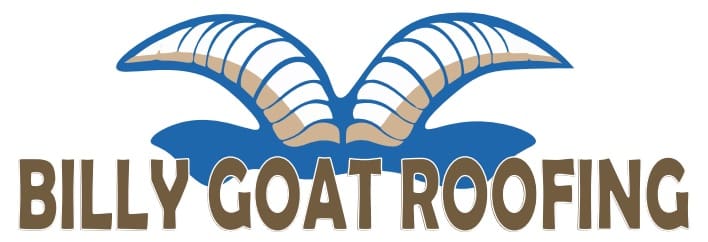Introduction:
Milwaukee is known for its unpredictable weather patterns. It is no stranger to severe storms that bring a variety of challenges to homeowners. One particularly destructive consequence of these storms is hail damage. In this comprehensive post, we’ll delve into the specific issues associated with hail damage in the Milwaukee area, exploring the causes, impacts, and most importantly, offering practical solutions to safeguard your property against this formidable force of nature.
What is Hail? How is Hail formed?
Understanding the formation of hail is crucial to comprehending the risk it poses to homes. Hail is created when updrafts in thunderstorms carry raindrops into extremely cold areas of the atmosphere, causing them to freeze into ice pellets that accumulate layers until they become heavy enough to fall as hailstones.
Milwaukee’s unique geography and climate make it susceptible to hailstorms, especially during the spring and summer months. The collision of warm and cold air masses in the region creates the perfect conditions for severe thunderstorms, increasing the likelihood of hail formation.
Why is Hail so bad?
Hailstones can wreak havoc on roofing materials, causing dents, cracks, and even punctures in shingles. This section will explore the specific ways hail damages roofs, gutters, and other exterior components.
Hail doesn’t discriminate – it can also cause substantial damage to siding and windows. Homeowners need to be aware of the potential risks to these critical elements of their homes and take proactive measures to mitigate the damage.
Beyond the visible damage, hailstorms can compromise a home’s structural integrity. This section will delve into the potential risks of hail-induced structural damage and the increased likelihood of water intrusion, leading to more severe issues like mold growth and compromised indoor air quality.
How can I protect myself and my home?
Investing in impact-resistant roofing materials can significantly reduce the risk of hail damage. This section will provide an in-depth look at various roofing options and their effectiveness in withstanding hailstorms.
Exploring the benefits of protective coatings and sealants for roofs, siding, and windows, this section will guide homeowners on additional measures to fortify their properties against hail damage.
Surprisingly, strategic landscaping can serve as a natural defense against hail. From selecting hail-resistant plants to installing protective barriers, this section will offer insights into how landscaping choices can play a role in minimizing hail damage.
What should I do if my home is hit by hail?
Homeowners often find themselves in a maze when it comes to insurance claims for hail damage. This section will demystify the insurance process, providing tips on understanding coverage, filing claims, and ensuring fair compensation for repairs.
Selecting the right contractors for hail damage repairs is crucial. This section will guide homeowners on how to vet and choose reputable contractors, avoid scams, and ensure quality workmanship.
Encouraging community-wide initiatives for resilience against hailstorms can have a significant impact. This section will explore how neighborhoods and communities can work together to implement preventive measures and share resources.
Empowering homeowners with a hailstorm survival guide, this section will cover emergency preparedness tips, including creating a home inventory, establishing communication plans, and building an emergency kit.
In conclusion, hail damage in the Milwaukee area is a formidable challenge, but armed with knowledge and proactive measures, homeowners can significantly reduce the risks and consequences associated with hailstorms. From understanding the science behind hail formation to implementing practical preventive measures and navigating the insurance landscape, this blog post serves as a comprehensive guide for protecting your home and community from the destructive forces of hail. Embrace the power of preparation and resilience to weather the storm and emerge stronger on the other side.

